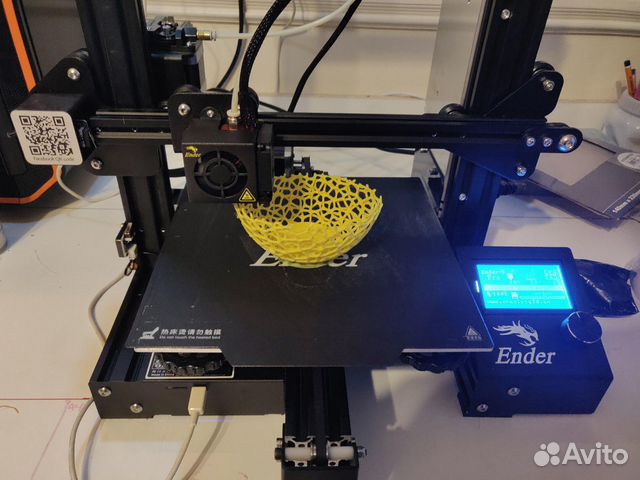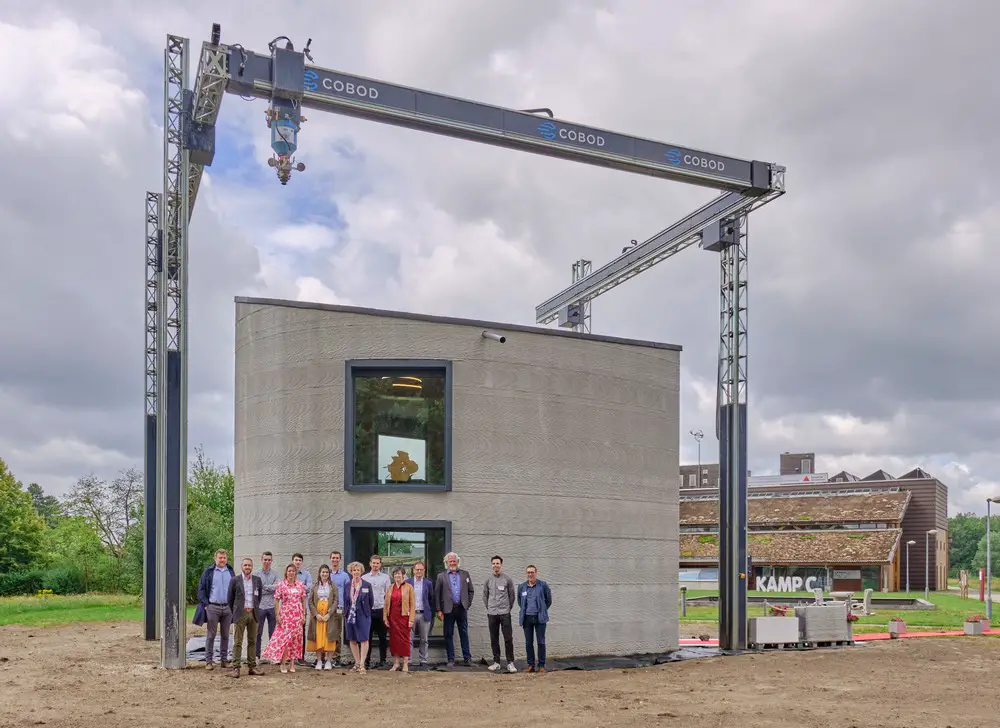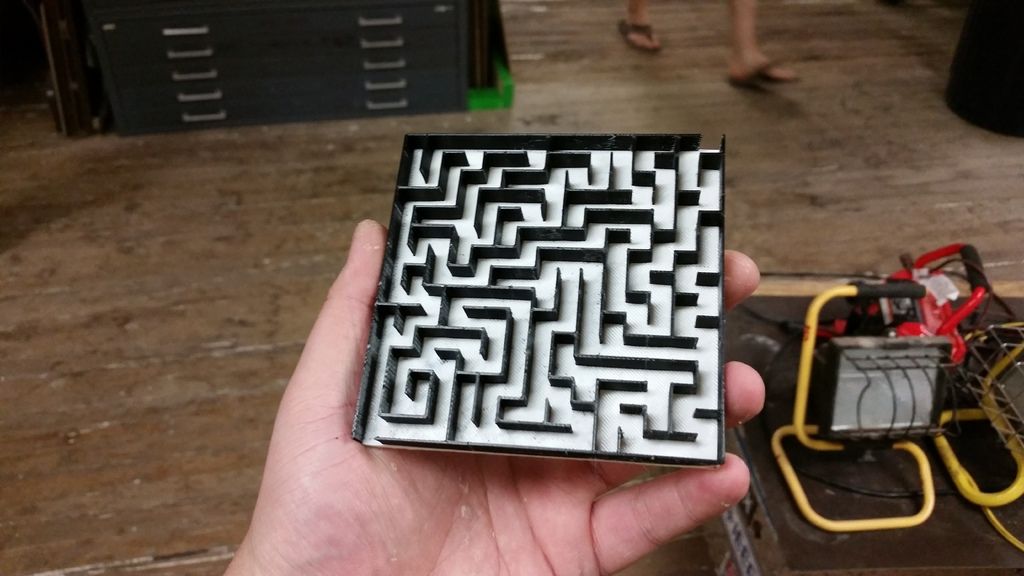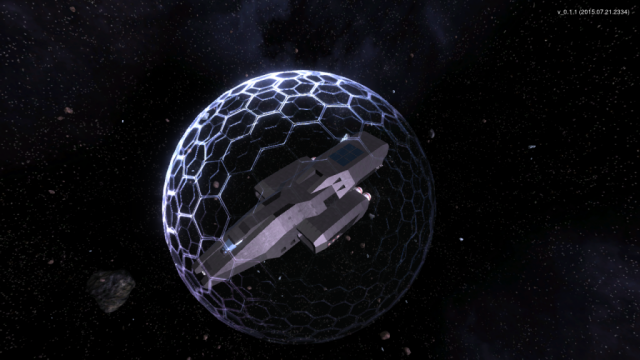3D printer nozzle ruby
Design & Quality — The Olsson Line
The Olsson Ruby storyAnders used to be a research engineer at Uppsala University working on neutron particle experiments.
Anders invented The Olsson Ruby to be able to print neutron absorbing mounts and fixtures out of a mix of a thermoplastic and the extremely hard ceramic boron carbide.
Read the full story
DesignThe Challenge
Creating a nozzle design that is abrasion resistant while retaining excellent thermal performance
Solution
A ruby gem stone combined with a well engineered, multi-part assembly for excellent heat conductivity
Highly wear resistant
During the community testing, we asked our testers to really abuse the ruby nozzle prototypes however they wanted to. This led to a number of insights that were implemented as improvements to the later revisions of the nozzle.
We encouraged printing with abrasive materials, and the ruby proved to be extremely resilient, not only when printing with mildly abrasive filaments like the Bronze/Brass/Copper filled ones, but also when it comes to printing with the highly abrasive carbon fiber composite filaments, like the Colorfabb XT-CF20 and Formfutura Carbonfil.
The image to the left is the front face of a ruby nozzle that has printed more than 8kg of carbon fiber filled materials. The lines made by the surface grinding of the ruby during production is still visible, also the thinnest edges are still perfectly sharp. The black specs you see on the inside is just residue from the carbon filled filament.
We have since had customers that printed 50kg+ of highly abrasive filaments without any measureable wear on the nozzle.
Wear resistance of nozzle materials comparedBrass, 0.3kg carbon fiber filled filament printed.
Stainless steel, 1kg carbon fiber filled filament printed.
Hardened steel, 4kg carbon fiber filled filament printed.
Production &Quality control
Production
PRECISION MANUFACTURING
By combining high precision German machinery with Swedish workmanship, we can guarantee the highest quality in the Olsson Ruby.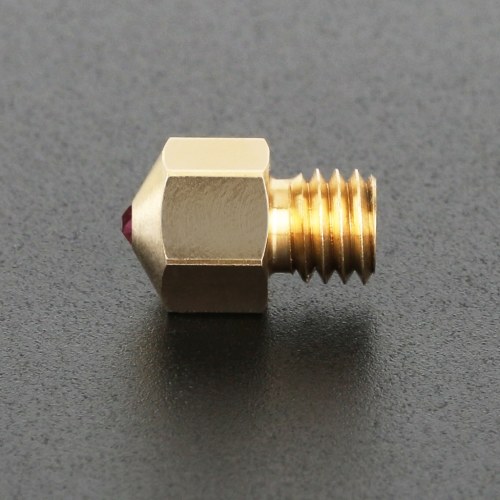
All metal parts are manufactured in our ISO:9001 and ISO:14001 certified factory in Stockholm, Sweden.
METICULOUS ASSEMBLY
The mounting of the ruby to the brass parts is done with a custom made jig. This ensures that each nozzle is perfectly aligned and has a tight seal.
QUALITY CONTROLRAW MATERIALS
Carefully selected raw materials from leading suppliers, including Switzerland, Sweden and the US, assure that quality can be kept consistently high.
INSPECTION
The nozzles are continuously inspected with state of the art measuring equipment, including profile projectors and CMM technology.
Anders Olsson and the Olsson Ruby — The Olsson Line
The Olsson RubyHow the Olsson Ruby came to be
Anders is a research engineer at Uppsala University, working on neutron particle experiments. By using an Ultimaker 3D printer, he can create sample mounts and fixtures for use during these experiments which is difficult to produce through more traditional means. In his experiments, it is a vital property that the holders are absorbing neutrons.
In his experiments, it is a vital property that the holders are absorbing neutrons.
This technique of 3D printing the parts with boron carbide can also make a environmental impact trough replacing traditional mounts where the toxic heavy metal cadmium are used to absorb the neutrons.
Anders accomplished this by adding Boron Carbide, a extremely hard ceramic, to the filament. The testing showed that the printed parts did perform very well, but after just a few hours of printing the hard boron carbide had completely worn away the brass nozzle.
The Ultimaker 2 had a fixed nozzle, so replacing it ment changing the entire heater block. Anders solved this by designing a replacement heater block that would let him swap nozzles in just a few seconds. This later became the well known Olsson block, shipped on every Ultimaker 2+.
This did allow him to further explore the possibilities of boron carbide printing, but the extreme wear was still a problem. Not only since it was hard or sometimes impossible to finish a single print before replacing the nozzle, but also because it is important for Anders to not contaminate the printed part with metals that can become radioactive after exposure to neutrons, a potentially serious problem in these kinds of experiments.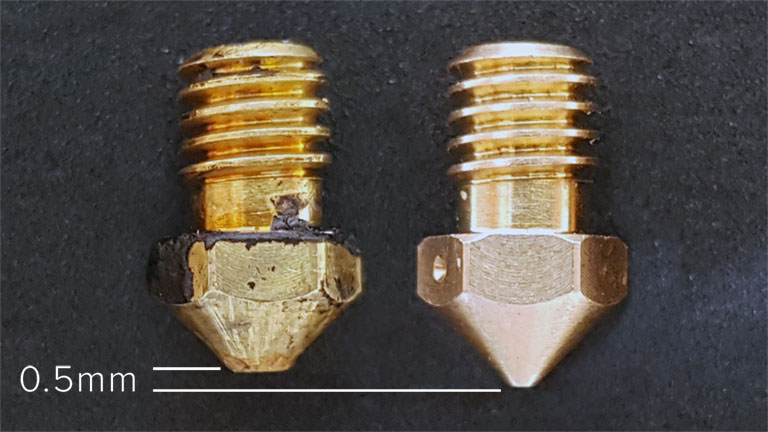
He did evaluate the alternative available nozzle materials, and they did often negatively affect the printing with worse thermal performance, and they were still being made of metals soft enough to wear down after just a matter of hours with the extremely hard and abrasive boron carbide filament and contaminate the printed part with metal particles.
The worse thermal performance of the harder nozzles currently on the market also creates problems when printing high-detail objects with more regular filaments because of how the filament reacts to the higher temperature required.
To be able to take his printing to the next level Anders started studying the wear patterns on his regular nozzles to understand what parts of the nozzle that needed to be wear resistant, and did look into surface coatings and other ways to make it more resistant.
After evaluating different materials and surface coatings, it stood clear that something that was tougher and more abrasion resistant than any metal was needed to reinforce the nozzle, and the idea of the ruby nozzle was created.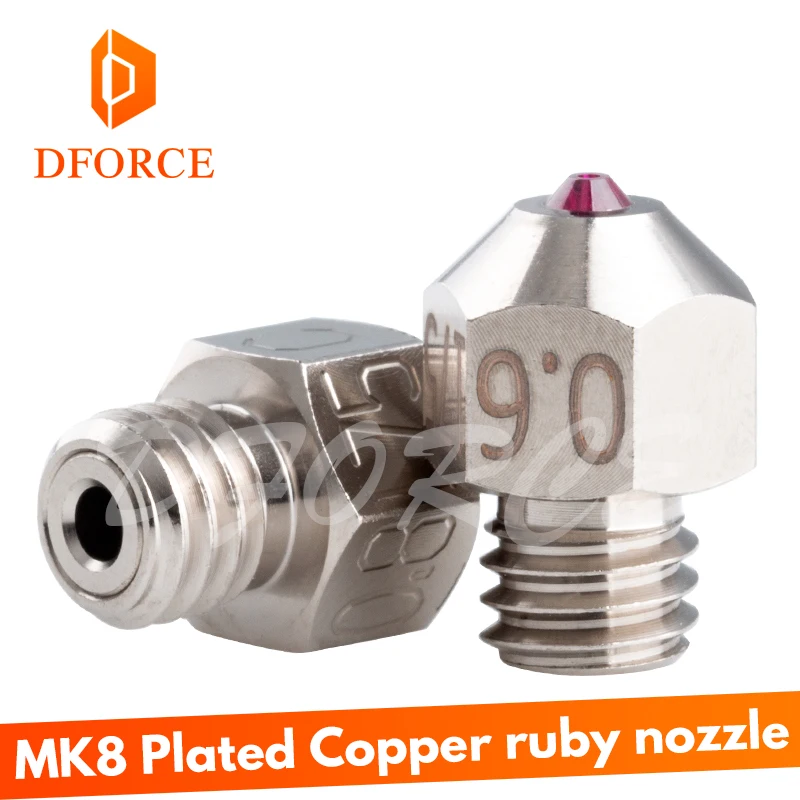
The aluminium oxide of the ruby is not as hard as the boron carbide, but as the only materials that is harder than boron carbide is cubic boron nitride and diamond, which neither is suitable for a nozzle due to their machining properties and price, the ruby turned out to be the best possible material.
The ruby is reasonably priced, possible to machine to the correct shape, will resist almost every other abrasive filler due to its hardness, and it will still last a reasonable time printing with Anders boron carbide filament.
Anders made several revisions of the ruby nozzle design, and in the beginning of 2016, community testing started. Now, almost 12 months of product development and testing later, we are proud to say that we are sure that we are releasing one of the best nozzles ever made for a 3D printer.”
Ruby Olsson Ruby Nozzles for 3D printing with abrasive materials
News
Not so long ago, in the comments to another article about reinforced composites, our participants were interested, and not without malice, when they would have to switch to diamond nozzles.
 Right now! True, not for diamond, but for ruby.
Right now! True, not for diamond, but for ruby. Meet the Olsson Ruby, an indestructible ruby tip optimized for printing with abrasive filaments. If the name sounds familiar to you, don't be surprised: the idea came from Uppsala University engineer Anders Olsson, the same guy who invented the handy "Olsson Block" for Ultimaker 3D printers that allows you to quickly change nozzles.
At the university, Anders is experimenting with neutron emitters, and various fixtures and brackets are printed on Ultimaker. In the production of experimental equipment, it is important that the parts absorb neutrons. This is usually achieved by shielding with cadmium, but cadmium is quite toxic. Andres, on the other hand, uses polymer composites filled with boron carbide - this option is more environmentally friendly, but such filaments quickly wear out the nozzle. Actually, Olsson invented his “block” for this very reason, but constantly changing nozzles, even if it can be done quickly, is somehow impractical. In addition, metal dust, which inevitably gets into finished 3D printed models, becomes radioactive under the influence of neutrons. Hence the idea of a ruby tip - more wear resistant than existing metal options.
In addition, metal dust, which inevitably gets into finished 3D printed models, becomes radioactive under the influence of neutrons. Hence the idea of a ruby tip - more wear resistant than existing metal options.
Rubies are nothing more than corundum or a crystalline form of aluminum oxide, tinted red with chromium impurities. Aluminum oxide is not as hard as boron carbide, and therefore the nozzles still wear out, but this has to be put up with, because making nozzles from boron nitride or diamonds would be prohibitively expensive. When working with more familiar materials and composites, Ruby Olsson shows excellent survivability.
Nozzles are manufactured by 3DVerkstan, which has been conducting closed testing for the past twelve months. The nozzle is made of brass with a ruby tip. According to reviews, the nozzle performs well on both relatively low abrasion composites filled with bronze, brass and copper, as well as tougher carbon fiber composites such as Colorfabb XT-CF20 and Formfutura Carbonfil. The illustration above shows the ruby nozzle after printing with eight kilograms of carbon fiber. You can still see the machine marks in the picture, and the edges have not lost their shape. Black traces on the inner surface are the remnants of the filament.
The illustration above shows the ruby nozzle after printing with eight kilograms of carbon fiber. You can still see the machine marks in the picture, and the edges have not lost their shape. Black traces on the inner surface are the remnants of the filament.
Ruby nozzles are quite versatile and allow you to work with conventional PLA, ABS, PET plastics and nylon. Composites already successfully tested include those filled with carbon fiber, steel, wood, boron carbide, tungsten, and fluorescent additives. The nozzle is compatible with a wide range of printers, including Ultimaker, LulzBot TAZ and any machine with 3mm E3D V4, E3D V5 and E3D V6 hot ends. Predictably, such a pleasure will be expensive - $ 90, excluding shipping costs. Additional information is available on the 3DVerkstan website.
Do you have interesting news? Share your developments with us, and we will tell the whole world about them! We are waiting for your ideas at news@3Dtoday. ru.
ru.
Subscribe to the author
Subscribe
Don't want
17
Nozzles for 3D printers - types, differences. Nozzle type
Nozzle is an integral part of any 3D printer, and there are many varieties of this part. Brass products are considered standard nozzles. This type is suitable for printing with conventional types of plastics, but for those that include an abrasive, such as NylonX, is not suitable. Printing with these materials requires higher performance nozzles made from stronger materials. There are also copper nozzles, Clean Tip nozzles - such nozzles are distinguished by the fact that the thread does not stick to them, and they remain clean.
3D printing allows you to replace nozzles. This allows you to achieve different results and use different materials for printing.
3D printer nozzle: what is it?
The 3D printer nozzle is a special nozzle located in the extruder heater block.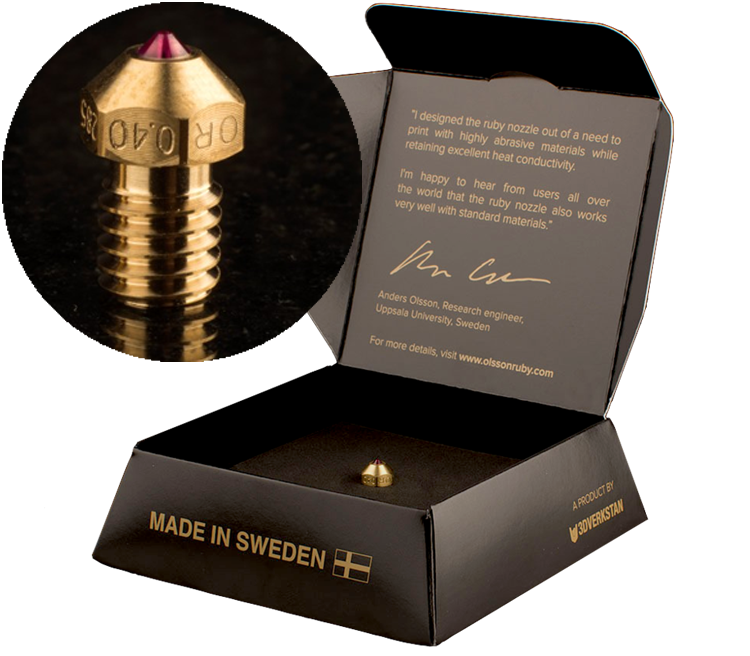 It is screwed into place by means of a thread. There is a small chamber inside the nozzle where molten plastic accumulates and is squeezed out through the hole. Moreover, the key parameters of the nozzle will be: the material from which the nozzle is made and the diameter of the hole.
It is screwed into place by means of a thread. There is a small chamber inside the nozzle where molten plastic accumulates and is squeezed out through the hole. Moreover, the key parameters of the nozzle will be: the material from which the nozzle is made and the diameter of the hole.
Nozzle material
A standard desktop 3D printer is equipped with a 0.4mm brass nozzle. This is the best option for printing with ABS and PLA plastics. However, such nozzles are not at all suitable for printing with luminescent PLA, carbon fiber and metal enriched filaments. The fact is that plastics, which include solid particles, destroy the nozzle. The internal dimensions of the nozzle are distorted, and this affects the uniformity of the extruded material, which will inevitably affect the quality of 3D printing. For this reason, there are nozzles that are made from harder materials. Consider further the types of nozzles that can be found on the market.
Brass 3D Printer Nozzle
Brass Nozzle is the most popular option used in most desktop 3D printers.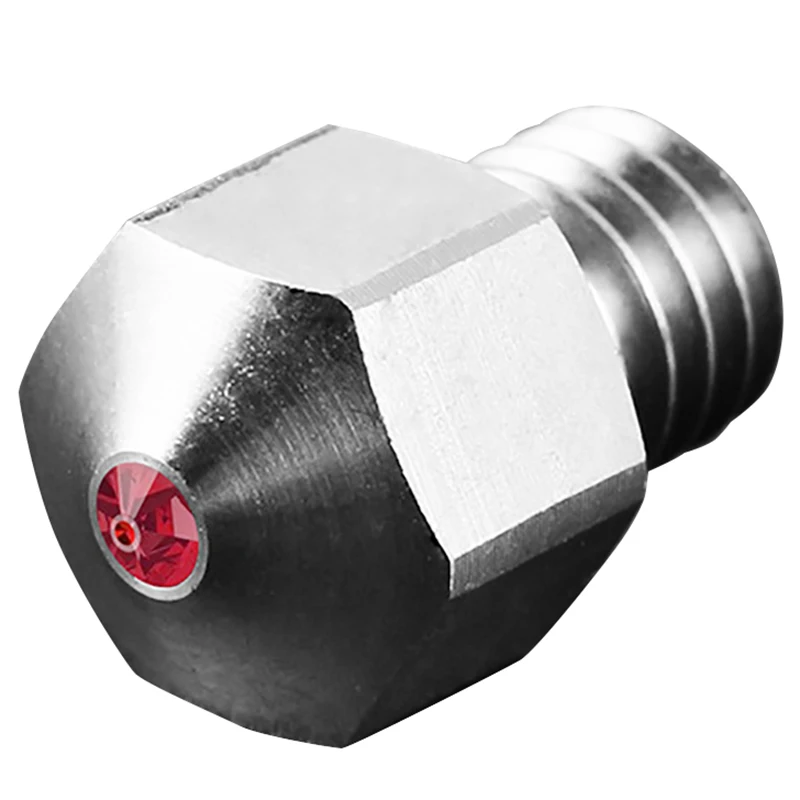 Of all the materials used to make nozzles, this one is the softest. But brass nozzles are easy to process, cheap and affordable. Therefore, they are easy and simple to replace.
Of all the materials used to make nozzles, this one is the softest. But brass nozzles are easy to process, cheap and affordable. Therefore, they are easy and simple to replace.
Main characteristics of brass nozzles:
- corrosion resistance;
- high thermal conductivity;
- relative softness;
- abrasion.
Application: Ideal for printing with "soft" plastics - standard ABS, PLA, PETG, and other plastic filaments that do not contain carbon fiber and metal additives.
Stainless steel or hardened steel nozzle
Steel nozzles are also used for 3D printing. They provide long-term printing with materials that contain solid particles, such as metal, carbon fiber. At the same time, such nozzles are not prone to abrasion and destruction, like softer brass nozzles. That is, you can print for a long time without reducing productivity.
But steel nozzles are not without drawbacks: lower thermal conductivity compared to brass nozzles.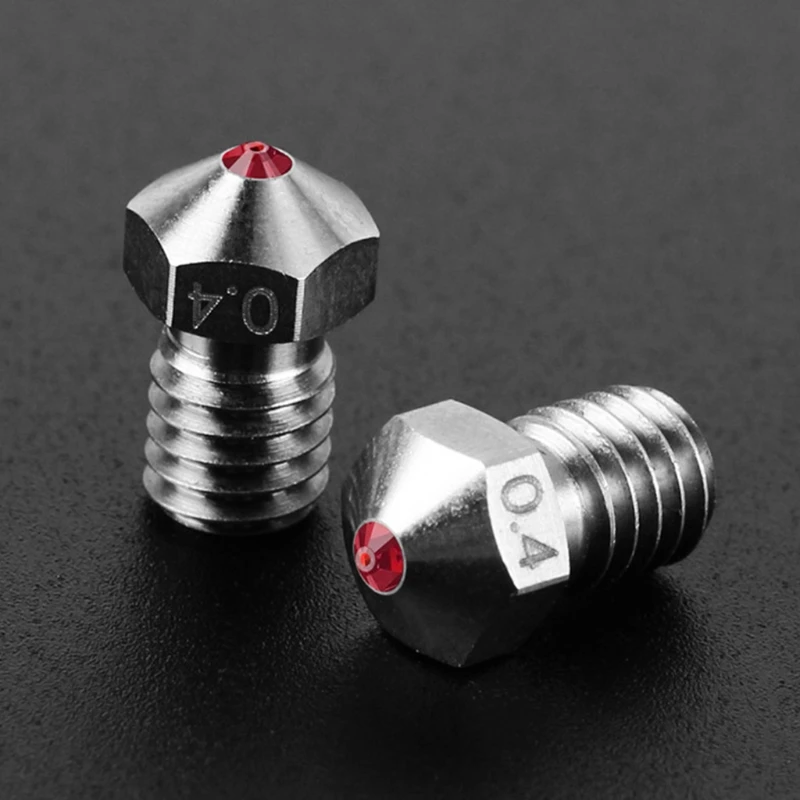 This can change the flow, especially when using large nozzles.
This can change the flow, especially when using large nozzles.
Main characteristics of steel nozzles:
- corrosion resistance;
- low thermal conductivity;
- relatively large weight;
- abrasion resistance.
Application: 3D printing with additives (carbon fiber, metal, glass, etc.)
Ruby nozzle
Anders Olsson developed the Olders Ruby nozzle. This is a brass nozzle equipped with a tip made of aluminum oxide, that is, an artificial ruby. This nozzle was originally created for 3D printing by the third heaviest material in the world. The nozzle was the result of an experiment conducted at Uppsala University in Sweden.
Initially standard nozzles made of steel and brass after printing 1kg of plastic wear out and are no longer usable. However, the nozzles have a number of disadvantages. Olson Ruby nozzles combine the high thermal conductivity of brass with the abrasion resistance of ruby.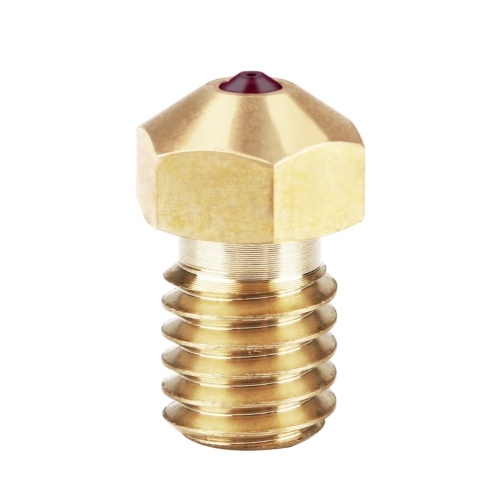 Of course, there are experts who say that the ruby tip has a low thermal conductivity, which negatively affects the printing result, but there is no evidence for this. At least for now.
Of course, there are experts who say that the ruby tip has a low thermal conductivity, which negatively affects the printing result, but there is no evidence for this. At least for now.
The main characteristics of Olsson Ruby nozzles are:
- corrosion resistance;
- low thermal conductivity;
- abrasion resistance.
Application: Can be used for highly abrasive threads.
Tungsten Carbide Nozzles
Dyze Design Tungsten Carbide Nozzles are something of a newcomer to the market as they only started production at the end of 2018. Tungsten carbide is hard, wear resistant. It is used for drilling, cutting ceramics and metals. Such nozzles also have disadvantages, but it is too early to talk about them.
Main characteristics of tungsten carbide nozzles:
- abrasion resistance, very high;
- hardness;
- high thermal conductivity;
- corrosion resistance.
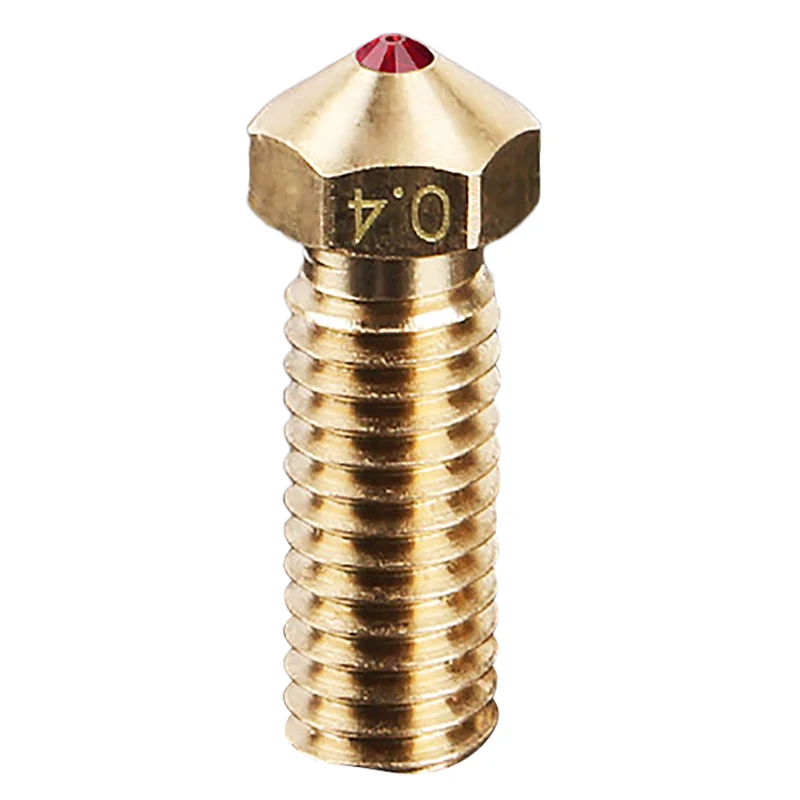
Application: This is a universal nozzle that can be added to your nozzle set, and the nozzle is also suitable for printing with highly abrasive filaments.
Nozzle sizes for 3D printer
Nozzles are characterized by the hole diameter. This characteristic will affect the degree of print detail. In this case, the influence will be exerted not only on the width of the lines, but also on the height of the layer.
Beginners are advised to use a nozzle with a diameter of 0.15mm. Compared to a standard 0.4mm nozzle, this nozzle allows you to get a higher resolution in the OX and OY axes. Thanks to thin lines, sharper corners can be obtained, but this will only be possible in that case. If your 3D printer is well set up and serviced regularly.
The choice of nozzle diameter should be determined by the layer height you require. It is necessary to choose a nozzle so that the size of the layer during printing is 25-50% of the nozzle size.
If the device is calibrated correctly, optimum adhesion can be achieved between coats.



